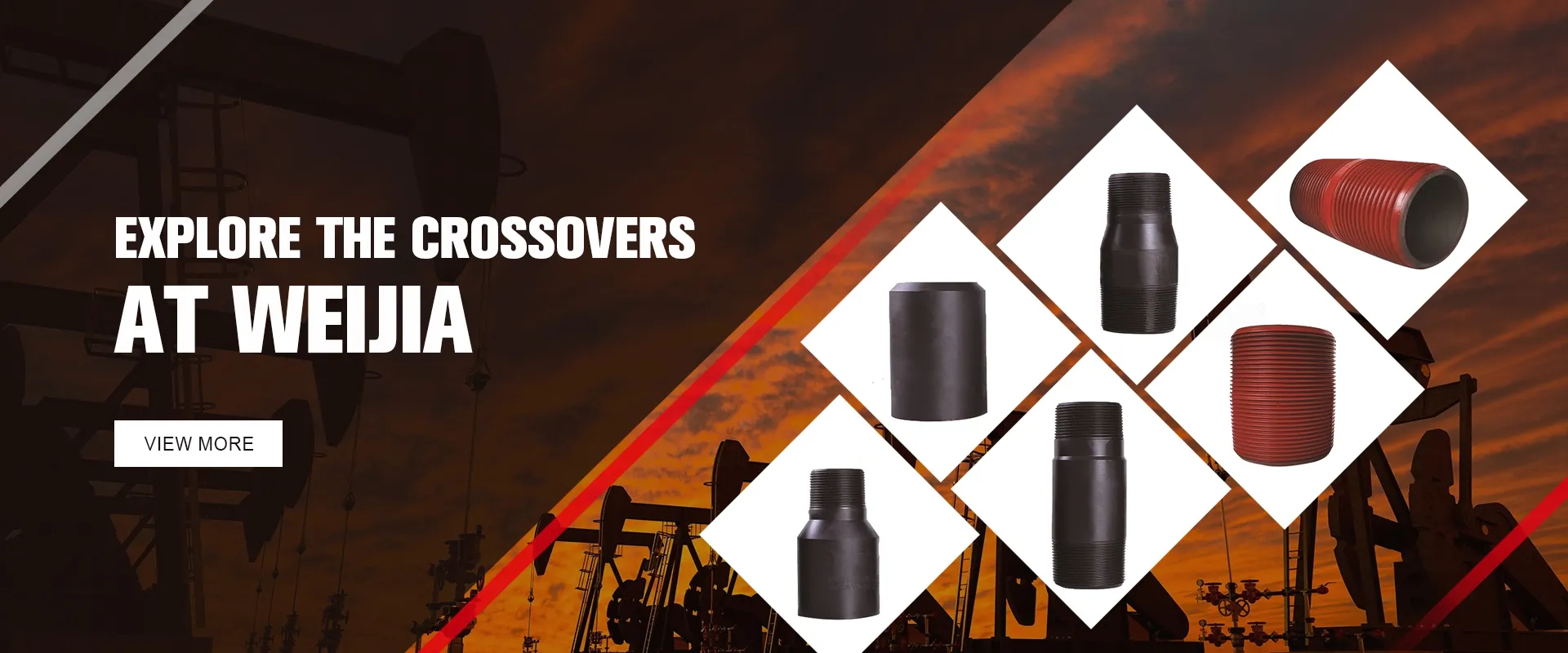- Afrikaans
- Albanian
- Amharic
- Arabic
- Armenian
- Azerbaijani
- Basque
- Belarusian
- Bengali
- Bosnian
- Bulgarian
- Catalan
- Cebuano
- Corsican
- Croatian
- Czech
- Danish
- Dutch
- English
- Esperanto
- Estonian
- Finnish
- French
- Frisian
- Galician
- Georgian
- German
- Greek
- Gujarati
- Haitian Creole
- hausa
- hawaiian
- Hebrew
- Hindi
- Miao
- Hungarian
- Icelandic
- igbo
- Indonesian
- irish
- Italian
- Japanese
- Javanese
- Kannada
- kazakh
- Khmer
- Rwandese
- Korean
- Kurdish
- Kyrgyz
- Lao
- Latin
- Latvian
- Lithuanian
- Luxembourgish
- Macedonian
- Malgashi
- Malay
- Malayalam
- Maltese
- Maori
- Marathi
- Mongolian
- Myanmar
- Nepali
- Norwegian
- Norwegian
- Occitan
- Pashto
- Persian
- Polish
- Portuguese
- Punjabi
- Romanian
- Russian
- Samoan
- Scottish Gaelic
- Serbian
- Sesotho
- Shona
- Sindhi
- Sinhala
- Slovak
- Slovenian
- Somali
- Spanish
- Sundanese
- Swahili
- Swedish
- Tagalog
- Tajik
- Tamil
- Tatar
- Telugu
- Thai
- Turkish
- Turkmen
- Ukrainian
- Urdu
- Uighur
- Uzbek
- Vietnamese
- Welsh
- Bantu
- Yiddish
- Yoruba
- Zulu
well casing coupler
Understanding the Importance of Well Casing Couplers in Drilling Operations
In the realm of oil and gas exploration, the integrity and efficiency of drilling operations are paramount. One of the critical components that contribute to these factors is the well casing coupler. This seemingly simple yet essential device plays a significant role in ensuring the stability and strength of well structures, thereby safeguarding both the extraction process and the surrounding environment.
What is a Well Casing Coupler?
A well casing coupler is a mechanical device used to join sections of casing pipe together in well construction. Casing pipes are robust tubular products installed in the drilled hole to provide structural support and isolate the wellbore from surrounding rock and water layers. The coupler serves as the connector between these pipes, ensuring a secure and leak-proof seal that maintains the integrity of the entire casing string.
Types of Well Casing Couplers
There are various types of casing couplers, each designed for specific applications and conditions. The most common types include
1. Threaded Couplers These are threaded on both ends, allowing for easy connection of casing pipes. They are favored for their simplicity and strength.
2. Welded Couplers In high-pressure applications, welded couplers are often used. These are welded to the casing pipes, providing a permanent and highly durable connection, although the installation process is more complex.
3. Slip Couplers These couplers slide over the ends of the casing pipes and are secured in place with bolts or clamps. They are useful in situations where the casing is under significant stress or movement.
4. Socket Weld Couplers Utilized primarily in smaller diameter pipes, these couplers are inserted into the ends of casing pipes and welded in place. They provide a seamless connection that is both strong and reliable.
well casing coupler

Key Functions of Well Casing Couplers
The primary functions of casing couplers include
- Maintaining Well Integrity Casing couplers ensure that there are no gaps or leaks between sections of casing. This is vital for preventing the migration of fluids between different geological layers, which can lead to environmental contamination.
- Supporting Structural Stability The couplers contribute to the overall strength of the casing installation, which is essential for withstanding the pressures and stresses encountered during drilling and production.
- Facilitating Modular Construction Interactive construction of wells allows for flexibility in the drilling process. Casing couplers enable the easy addition or removal of casing sections, making it easier to adapt to changing geological conditions.
- Ensuring Safety In addition to environmental concerns, the structural integrity maintained by casing couplers is crucial for the safety of drilling operations. A failure in casing can lead to catastrophic blowouts or collapses, endangering personnel and equipment.
Material Considerations
Well casing couplers are typically made from high-strength materials such as carbon steel or stainless steel, which can withstand high pressures and corrosive environments. The choice of material depends on factors such as the type of well, the fluids encountered, and the expected pressures. Furthermore, coatings or treatments may be applied to enhance corrosion resistance and longevity.
Conclusion
In the complex world of drilling operations, the well casing coupler plays a vital role that is often overlooked. However, its importance cannot be understated. By ensuring the proper alignment and sealing of casing sections, these couplers not only enhance the efficiency of oil and gas extraction but also protect our environment and ensure the safety of drilling personnel. As technology evolves, advancements in coupler design and materials are likely to emerge, paving the way for even greater reliability and performance in drilling operations. Understanding their function and selecting the right coupler for specific well conditions can significantly impact the success of drilling projects, ultimately contributing to a more sustainable and effective exploration of our natural resources.
-
Tubing Pup Joints: Essential Components for Oil and Gas OperationsNewsJul.10,2025
-
Pup Joints: Essential Components for Reliable Drilling OperationsNewsJul.10,2025
-
Pipe Couplings: Connecting Your World EfficientlyNewsJul.10,2025
-
Mastering Oilfield Operations with Quality Tubing and CasingNewsJul.10,2025
-
High-Quality Casing Couplings for Every NeedNewsJul.10,2025
-
Boost Your Drilling Efficiency with Premium Crossover Tools & Seating NipplesNewsJul.10,2025







